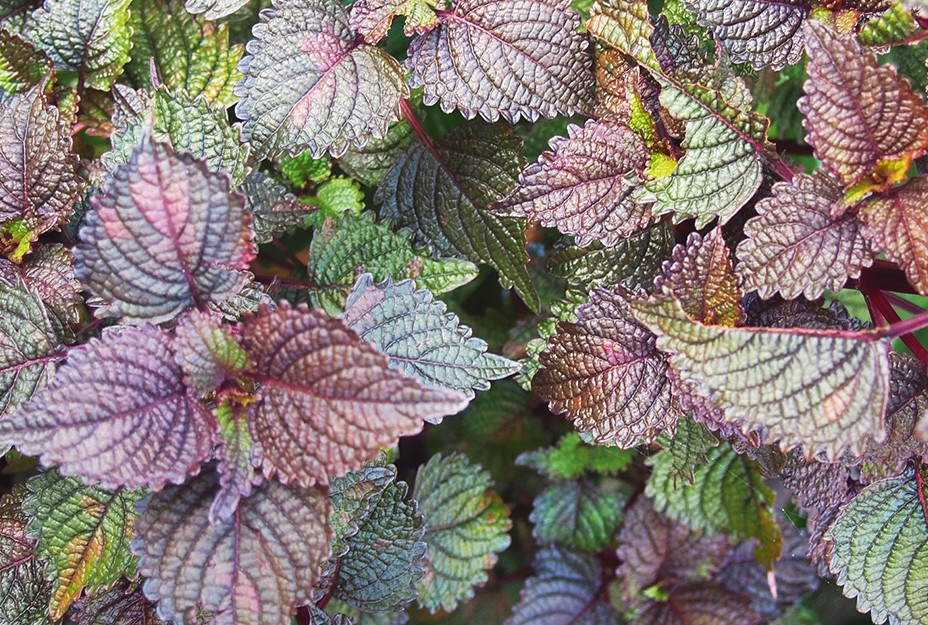What can we grow?

As we come to the end of the growing season, I recall many conversations I’ve had over the years about what can and can’t be grown in this region. This often includes what I’m really trying hard to grow.
Remember the secret to healthy plants is always healthy soil. The secret to healthy soil is minerals, nutrients and biology. The best way to get the goodness in your soil is through composting!!! The path to growing any plant, be it your bog standard Silverbeet or your exotic-down-these-parts Feijoa, is using great home created compost.
Over the years, I’ve tried many unusual ‘edible’ plants and I’m still trying. I have yet to give the very exotic Mango a go, I think this could be a tough plant to crack.
Sometimes you have success and wonder what all the fuss was about. In the ‘food forest sphere’ of unusual plants, there’s lots of what I’d call ‘peasant’ food plants, where you have to ask, why bother?
- Russian olives (Elaeagnus angustifolia) anyone?
- I do love growing Medlars (Mespilus germanica) but again what’s the point?
There are a few unusual exotic fruit and nut trees we can try to grow in the region.
Pomegranates would be at the top of my exotic tree list. I had one growing in my tunnel house for 10 years. In that time, I’ve had one delicious Pomegranate. It’s why this tree is still alive as I live in hope of replicating this feat.
Citrus can be grown but needs lots of love and to be planted somewhere with a warmer microclimate. The north side of the house or a warm sheltered corner. There are hardier varieties to try. Lemons think Meyer, Yen Ben and Yuzu and there are more mandarins, grapefruit and oranges growing in the district these days. They are growing in special warm microclimate hot spots with minimal frost and wind, the ultimate microclimate.
I mentioned Feijoas, these are the most prolific of the exotic fruit trees we can grow. With examples of bountiful trees all over the district. Again, microclimate is your friend here. Try planting along a north facing fence. A few others worth mentioning are Persimmon and Loquats which are worth a go. Pecans and Pistachios are rarer and it’s early days for varieties that will succeed in ripening fruit in our short growing season.
With the craze in Avocado eating all over New Zealand, this is one for the enthusiast. I met a Queenstowner who had one growing outside. I’m not sure if it made it through its first winter even though they wrapped the tree cosily in bubble wrap. I do have a friend with a great indoor specimen, no fruit yet, however.
In the hunt for the exotic or unusual you sometimes come across a nightmare plant.
A friend gave me a Marion berry which is basically a prickly Blackberry on steroids. He called it the Pinot noir of berries. Two seasons in and I almost lost my berry cage to its Godzilla-like canes, and it was time to dig this beast out. Dug out and given away with a health warning. Six months later I’m still pulling this crazy plant out. It’s popping up all over the place. I suspect it’s growing from any root that gets left behind. I have contacted the person who received these distant Triffid relatives imploring them to pull them out before it’s too late.
There are many plants in the vegetable kingdom that I’ve given a go and not all I’d try again. It’s worth growing the basics well and having one or two unusuals in the mix.
My top three unusuals though not to exotic are:
- Kohlrabi
- Shiso
- Cardoon
Plants I won’t bother with again are Yacon, Celeriac, Jerusalem Artichokes, Jimama and endives. I say I wouldn’t grow Jerusalem Artichokes again, I had them take over a veggie bed for 20 years. I harvested them every year, mostly gave them away and they would still come back with vigour every year.
As I come to the end, I realise I’ve forgotten two that I would call exotic edible plants. A dwarf Cavendish banana and a Mountain Papaya growing in my kitchen zone and as of today they have never fruited, but we will continue to persevere in the hope of someday...
Dr Compost aka Ben Elms is a permaculture and gardening expert who’s been operating in the unusual Central Otago climate for over 20 years. Funded by QLDC and delivered by Wanaka Wastebusters, the Dr Compost project aims to reduce organic waste going to landfill.
Got a question? Check out @drcompost on Facebook or benelms.com









